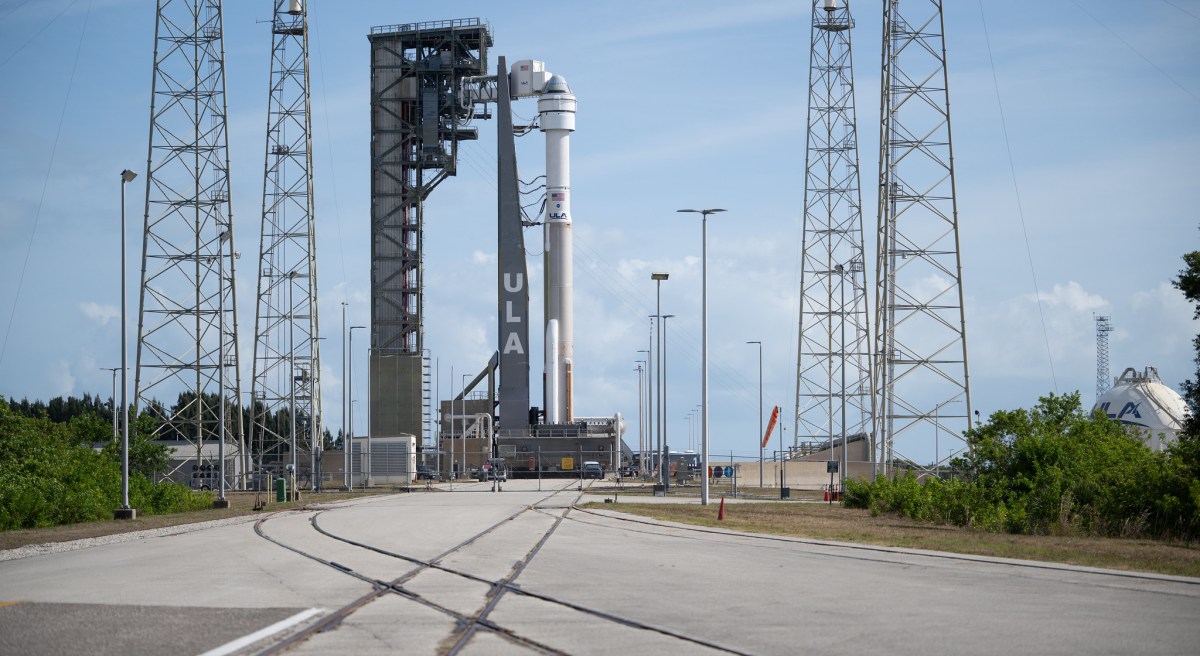WASHINGTON — NASA and Boeing have further delayed the launch of a crewed test flight of the company’s CST-100 Starliner spacecraft, this time not offering a new launch date as work to resolve a helium leak continues.
In a statement issued on the evening of May 21, NASA said it, along with Boeing and United Launch Alliance, would not proceed with a planned May 25 launch of the spacecraft on the Crew Flight Test (CFT) mission with two NASA astronauts on board. That launch has suffered several delays stemming from a helium leak in the spacecraft’s propulsion system.
Unlike previous delays, NASA did not announce a new launch date for the mission. “The team has been in meetings for two consecutive days, assessing flight rationale, system performance, and redundancy,” the agency stated. “There is still forward work in these areas, and the next possible launch opportunity is still being discussed.”
“NASA will share more details once we have a clearer path forward,” the statement concluded.
NASA first revealed the helium leak, linked to a flange in a thruster in the spacecraft’s service module, May 14. At the time the agency said it would delay the CFT launch from May 17 to May 21 to given engineers time to characterize the leak and develop a flight rationale to fly the system as-is.
Late May 17, though, NASA said it would push back the launch to May 25. While Boeing engineers determined the leak was stable and not a flight risk, NASA said the company was “working to develop operational procedures to ensure the system retains sufficient performance capability and appropriate redundancy during the flight.”
The latest NASA statement provided no other information about the helium leak or efforts to clear the vehicle for flight, including any specific concerns that may have triggered this latest, indefinite delay. NASA and Boeing have limited updates about the mission’s status to brief statements and have not held any briefings since immediately after the scrubbed May 6 launch attempt. Boeing spokespersons did not answer questions last week about the helium leak.
It is unclear what an extended delay would mean for the mission. NASA officials previously said they had cleared the International Space Station’s schedule until August to give them plenty of flexibility to schedule the arrival of Starliner, which would be docked to the station for a week or more. However, it is less certain how long Starliner can remain stacked on its Atlas 5 rocket before needing refurbishment.
